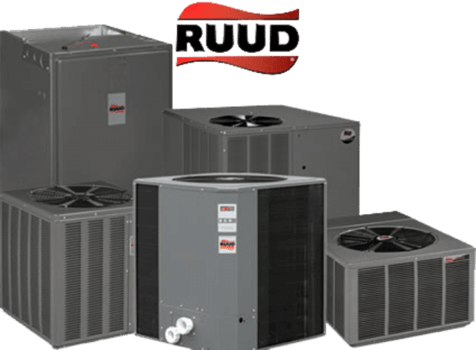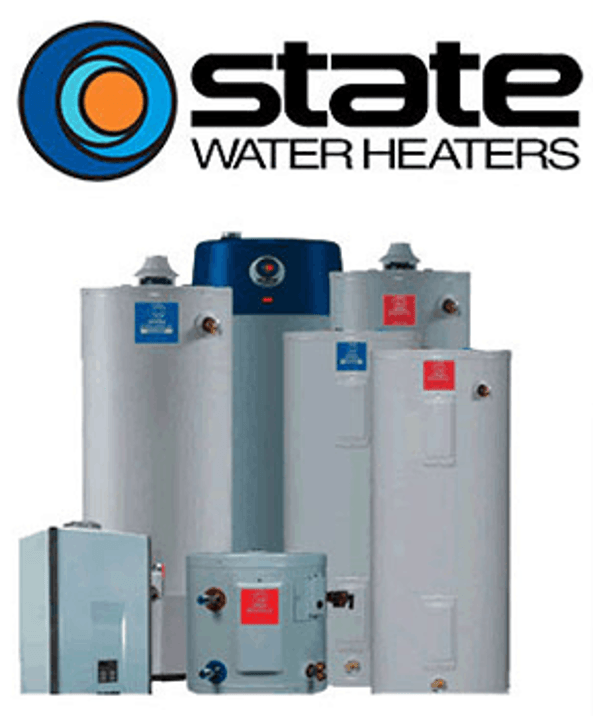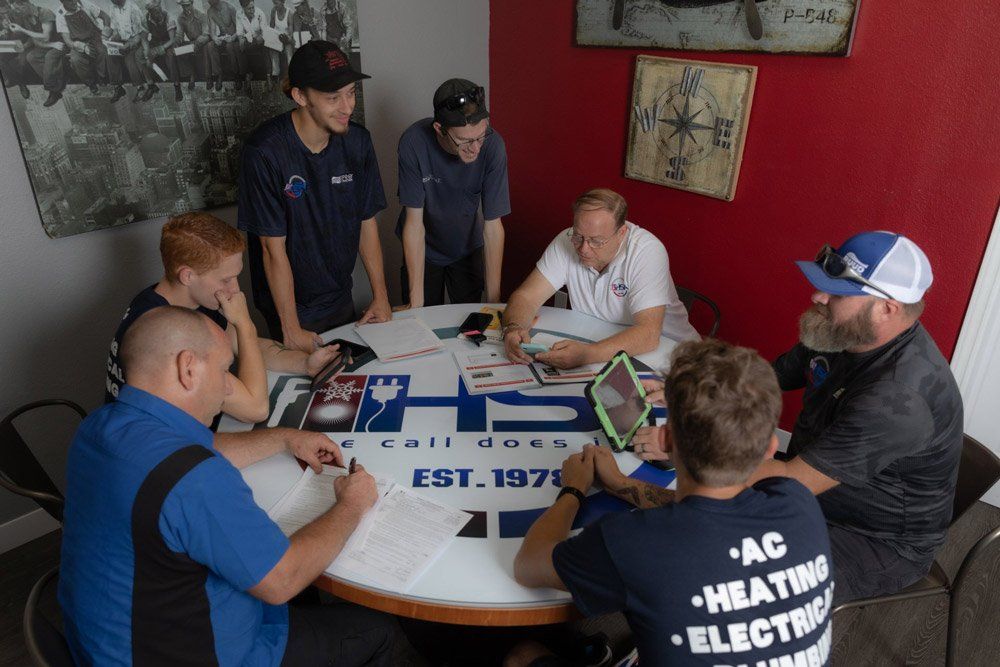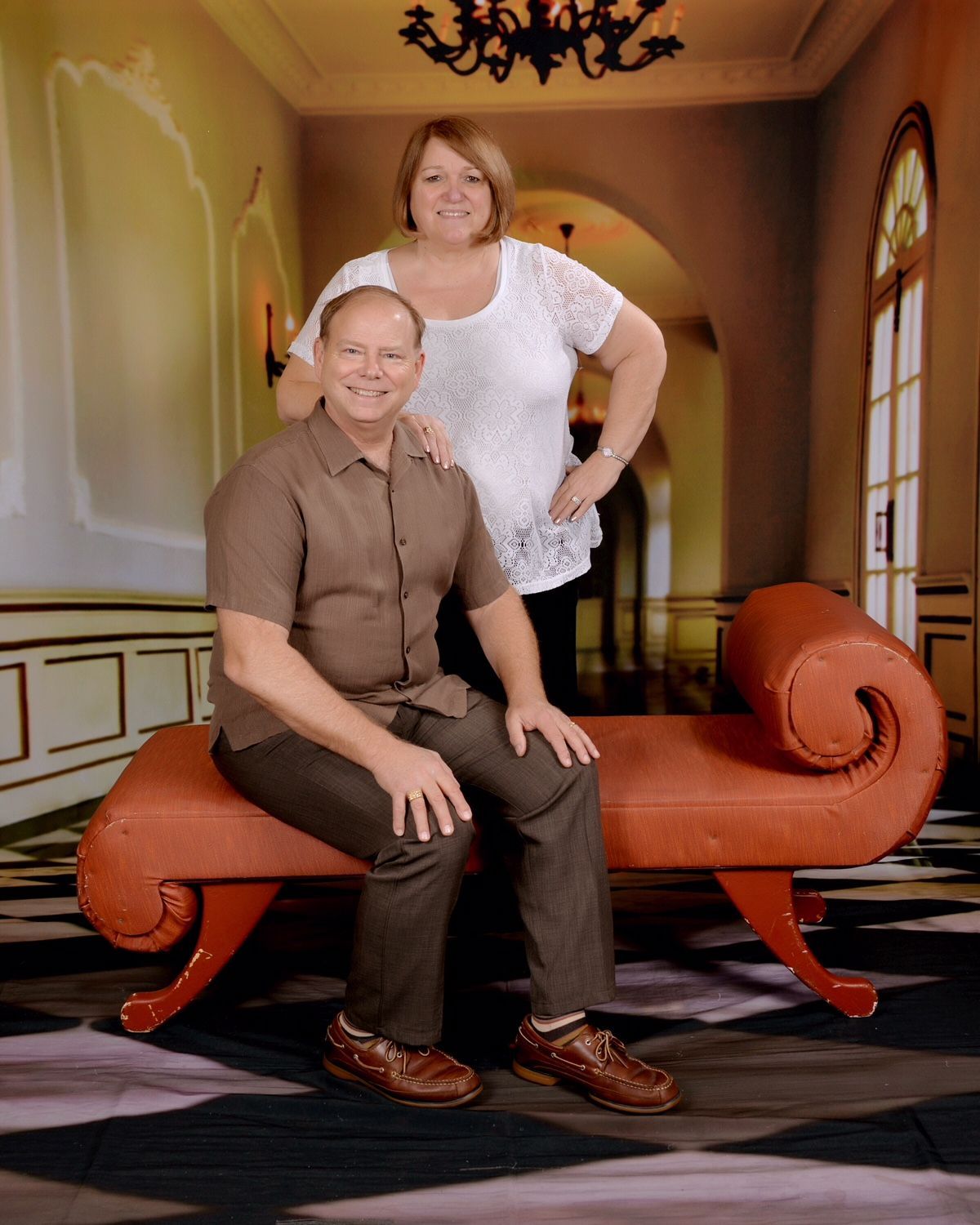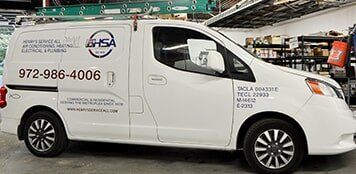Examples and Dangers of Shared Chimney Flue
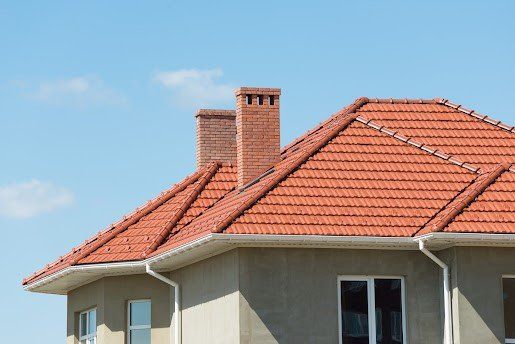
Combustion appliances, such as gas furnaces, produce combustion byproducts (flue gases) that need to get out of the house. A shared chimney flue means multiple combustion appliances vent their gases through the same opening. A shared chimney flue can be dangerous or safe, depending on the situation.
Examples of Shared Chimney Flues
Shared chimney venting occurs in multiple ways. Three examples include the following.
1. Multiple Heating Appliances
In this case, different heating appliances within the same house or in different houses share a chimney flue. An example is a multistory house with different heating appliances on each level connected to the same chimney flue. Another example is a condominium where adjacent units share a chimney flue.
2. A Heating System and a Fireplace
Some houses have both fireplaces and heating appliances, such as a furnace. Consider an aging house with a fireplace in the living room and a furnace in another room. The furnace and fireplace can use the same chimney flue.
3. Heating Systems and Other Combustion Appliances
Heating systems are not the only combustion appliances in some homes. A water heater that uses fuel is also a combustion applicant that requires venting. Thus, some people hook up all the combustion appliances in their homes to the same chimney flue.
Dangers of Shared Chimneys
You should not hook up multiple combustion systems to the same chimney flue just because you are able to. Shared chimney venting might be dangerous, depending on the combustion systems, fuel type, and design. Two reasons to be wary of shared chimney flues are listed below.
1. Back Drafting
Flue gases ordinarily flow out of the vent pipes and safely disperse in the atmosphere. Back drafting is a phenomenon where some flue gases flow back into the house. Back drafting is dangerous since most flue gases can endanger your health and life.
A shared chimney flue increases the risk of back drafting in multiple ways. The first case is if a small appliance (in terms of flue gas production) and a big appliance share a chimney flue. Gases from the more powerful appliance can flow backwards to the smaller appliance instead of flowing out of the house.
The second is if one system's flue gases lack the pressure to push them up the chimney. Consider combustion systems on different house levels but sharing a chimney. However, the contractor matched the chimney to the combustion system on the upper level. In such a case, combustion gases from the lower might lack the necessary draft to push it up the chimney, leading to back drafting.
Back drafting can also occur if the flue gases overwhelm the available chimney capacity. Such a situation might arise if you use the chimney for more appliances than the contractor designed for it to handle. Say the contractor designed the chimney for a fireplace, but you have connected it to a furnace and a boiler. The gases can easily overwhelm the chimney and flow back into the house.
2. Code Violation
The government uses building codes to regulate the industry and ensure the public's safety. Depending on your jurisdiction and the exact vent design, a shared chimney flue can violate building codes. For example, many jurisdictions forbid sharing of chimney flues between multiple fireplaces. The local HVAC and fire code may also have a say on the matter.
Note that code violation is bad on two levels. First, a violation risks damage to your house and injuries to your household members and visitors. Secondly, a violation can attract monetary fines from the government.
A professional HVAC contractor should certify all shared chimney flues as safe. Henry's Service All has extensive experience with HVAC systems. Contact us
for quotes on your HVAC needs and enjoy our professional services.



